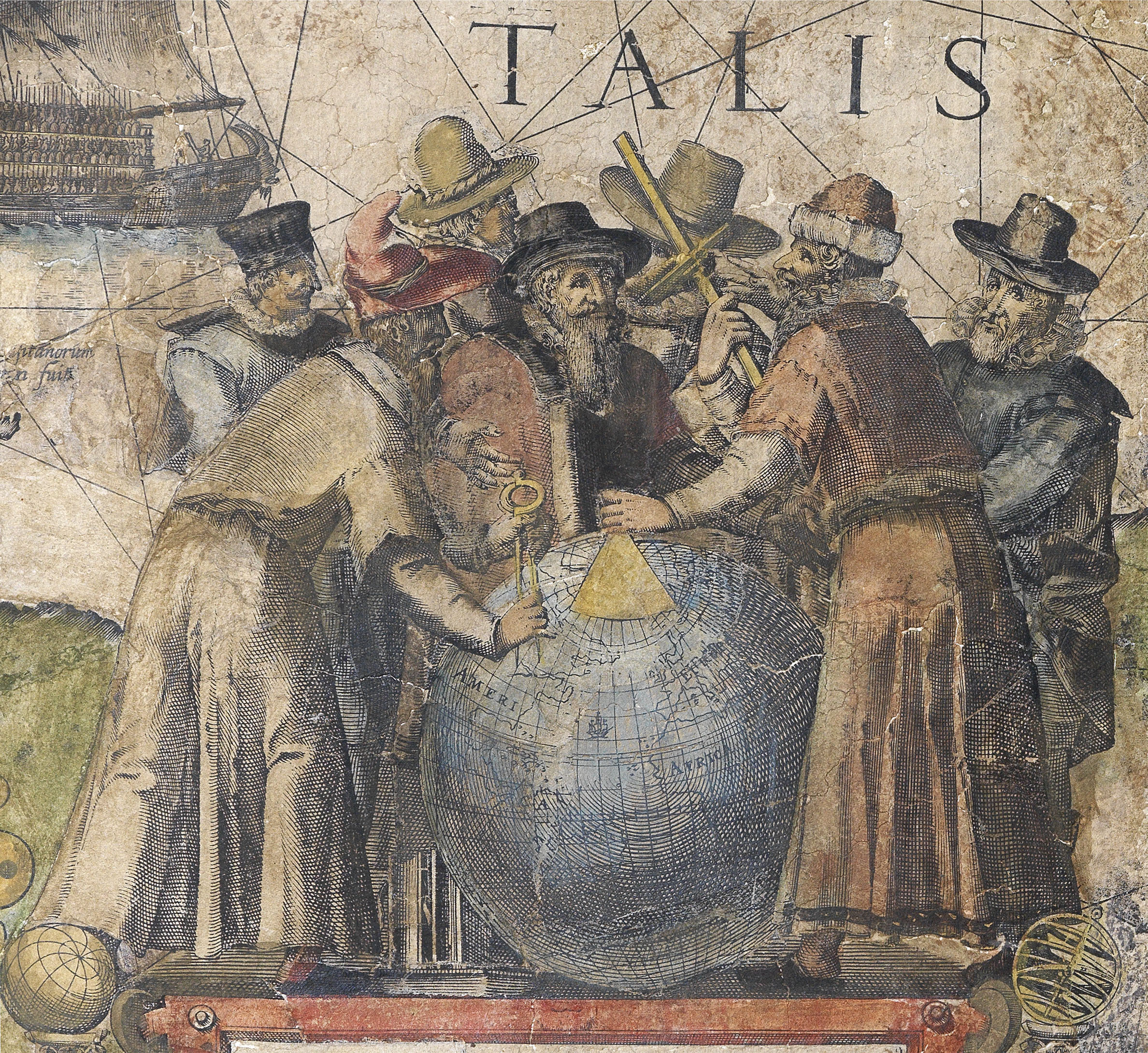John Senex
(1678 - 1740)

John Senex was one of the most important English mapmakers and publishers of the first half of the eighteenth century. He was apprenticed to the important bookseller and publisher Robert Clavell, but an early association with Jeremiah Seller and Charles Price diverted him to a career as surveyor, cartographer, globemaker, mapseller and map publisher. Such was his contribution to the development of the British map trade in his lifetime, that he was honoured and recognised in 1728 by his election to the Royal Society, sponsored by some of the greatest scientists of the period.
His early career was relatively inauspicious; he worked in association with Jeremiah Seller and Charles Price for three years until the arrangement was ended by their bankruptcy around 1706. From then until about 1710 he worked with Charles Price; during this period, it is assumed that Price taught him surveying and engraving. Together Price and Senex announced proposals for an atlas of two-sheet maps of the world, a rival project to that by Herman Moll; when the partnership ended, Senex went on to publish his own version while Price worked with George Willdey on a similar atlas. Senex’s atlas, originally entitled The English Atlas (1714), was one of the most successful atlases of the day, remaining in print into the 1760s and possibly beyond.
Senex also worked as a jobbing engraver, and gradually became semi-official engraver to the Royal Society, to its printer William Taylor, with whom Senex was to work closely, and to leading figures within the Society, including Sir Edmund Halley and William Whiston; thus, Senex was to publish several important scientific maps, notably Halley and Whiston’s eclipse maps for the 1715 and 1724 eclipses, while this connection also provided the latest scientific data for his extensive range of terrestrial and celestial globes.
With this solid foundation, Senex’s business went on to become the most prestigious mapmaker and publisher in the 1730s, and one of the largest. He published a series of notable maps, and a sequence of posthumous catalogues issued by his widow and successor Mary Senex lists the most important.
His stock-in-trade passed to his widow Mary, who continued the business until 1755, when she retired; William Herbert and Robert Sayer acquired the map stock, and James Ferguson the globe business.
 Rare Maps
Rare Maps  Rare Atlases
Rare Atlases  Rare Books
Rare Books  Rare Prints
Rare Prints  Globes and Planetaria
Globes and Planetaria 






